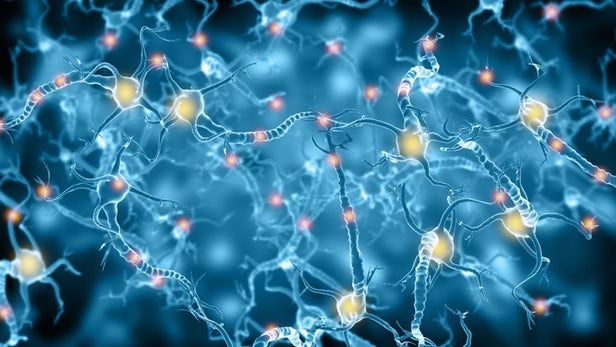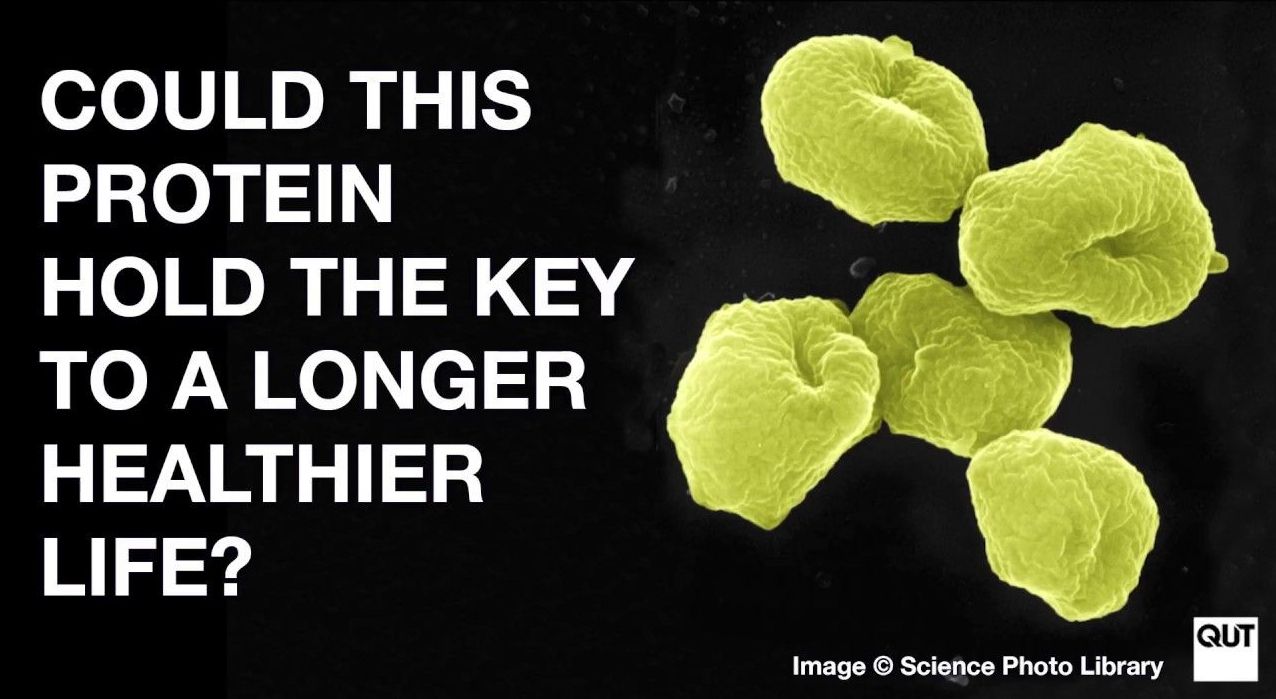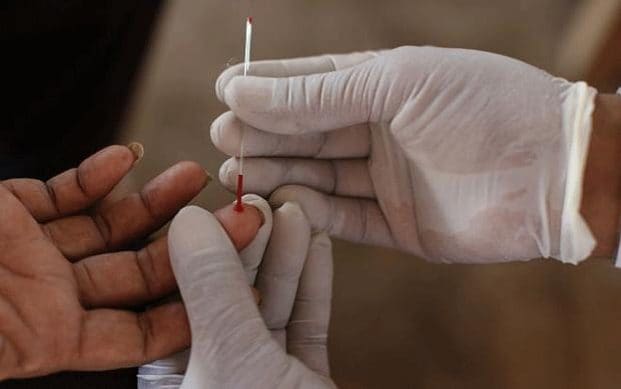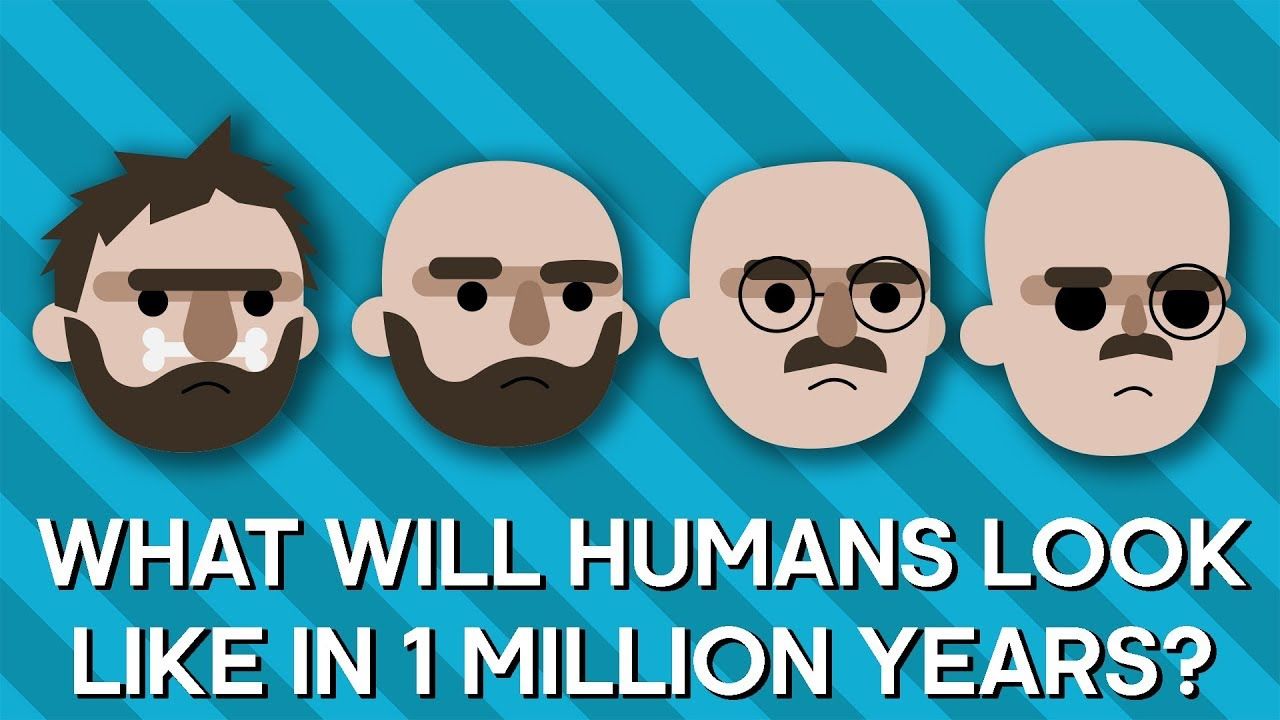We’ve heard so many stories lately about the frankly horrifying degree to which facial recognition leads to tracking or privacy invasions. But a startup specializing in AI is instead leveraging facial recognition technology to find human trafficking victims.
Marinus Analytics is a startup that licenses technology to law enforcement with the express purpose of fighting human trafficking. It’s founder and CEO, Emily Kennedy, created a program called Traffic Jam during her time at Carnegie Mellon that uses AI tools to identify victims. Nowadays, Traffic Jam is available to any law enforcement agency that works with Marinus.
According to Marinus’ website:









